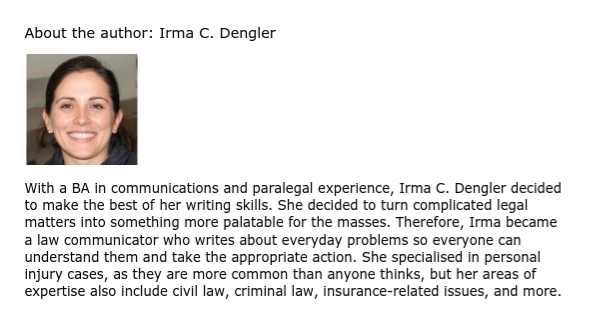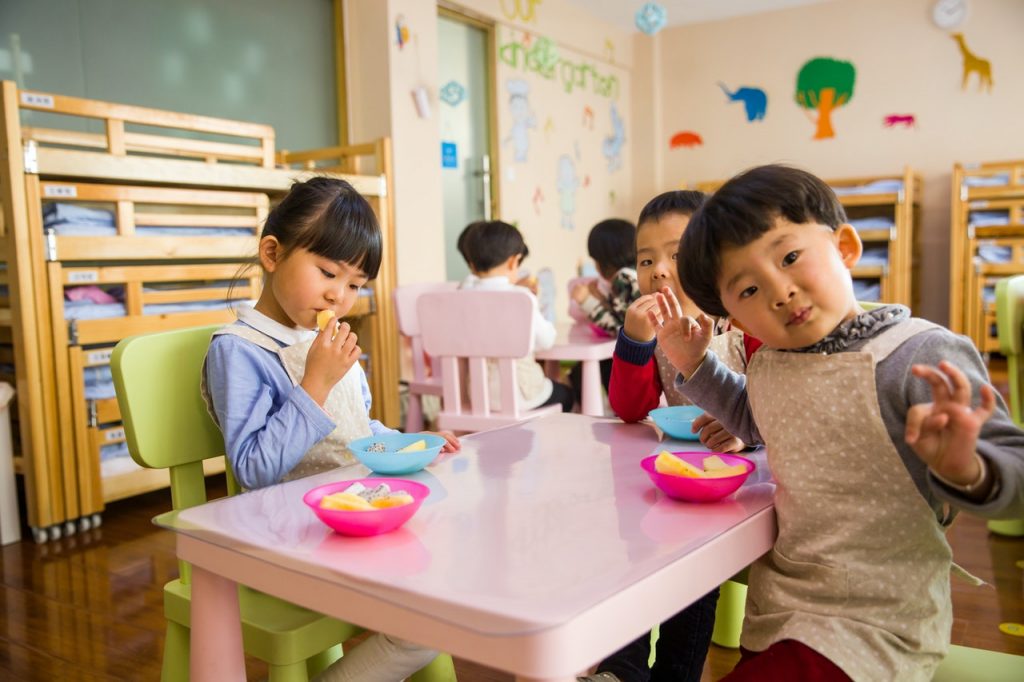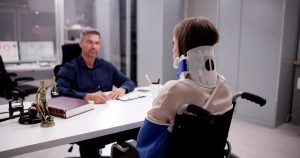Every year, parents send their children off to daycare for a few hours each day. Most parents expect these hours to be fun and educational for their children, but sadly it’s not always the case. For example, did you know that millions of injuries happen at childcare centres each year? By learning about some of the most common injuries, you can take steps to minimise your child’s chances of being hurt when they're away from home.
Five Common Daycare Injuries
According to a daycare injury attorney dealing with negligence and personal injury law every day, the five common (preventable) injuries at daycares include:
- Slips, trips, and falls
- Burns
- Strains and sprains
- Cuts and scrapes
- Broken bones
Injuries That Result From Falls
Falls are the most common childcare accidents, accounting for about half of injuries. When kids fall, they can hit their heads, get scrapes and bruises, or break bones. To help prevent falls at home and the daycare, parents and caregivers should keep high-traffic areas clean of all tripping hazards. Make sure all stairs have carpets or rugs and ban toys from use on stairs to prevent more severe falling incidents.
Daycares should have window guards installed, and the furniture should stay away from windows. Loose wires or carpets are also indoor dangers to consider. Outside, on the playground, children fall for a million reasons. It doesn’t mean that adults should not supervise their play or get immediate medical help for the injured ones.
Burn Injuries
Burns is another common injury suffered by children at daycare facilities. Drowning and choking are also significant causes of damage for young kids at daycare, but they are significantly less common than burns and falls. To minimise your child's risk of burn injury, teach young children to never play with fires (matches), irons, wires, outlets, etc.
Children should not be allowed to cook by themselves, even if it’s in a microwave oven. Teachers and daycare staff should ensure kids don’t get too close to cooking tops or ovens, even if they want to or cooking is a part of their educational program.
Teach children not to play with matches or lighters and throw them away when they find them. In addition, daycares should ensure that hot surfaces are covered so kids don’t touch them (or can reach them).
Strains And Sprains
Strains and sprains are, unfortunately, common injuries in daycare centres. To minimise the risk of your child suffering from a strain or sprain, make sure playground equipment at daycare is safe for kids. Be careful when allowing young children to play in the room, as they can always trip on furniture. Running around should be supervised. At daycare, pushing, pulling, or contact activities should also be banned or supervised (during games), as the little ones don’t have their balance at 100%, and accidents can happen in the blink of an eye.
Cuts And Scrapes
First, ensure all children clean their hands before eating - germs spread quickly in daycare centres. Next, daycares should clear all hazards around tables, play areas, learning areas, etc., such as crayons and scissors, so kids don't accidentally poke or cut themselves. Cuts and scrapes are common injuries indoors and outdoors, so daycares should watch out for sharp edges or pointy objects that could harm children.
Broken Bones
Broken bones are a prevalent injury for kids who attend daycare. Even very young children can break bones, but the risk is more significant for toddlers and preschoolers. First, the children should be taught not to run wildly in the daycare or on the playground. Ensure bookshelves and other tall furniture feature safety straps to prevent tipping over. Children should never play on ladders or playgrounds with unsafe equipment (such as monkey bars with missing parts).
If children are playing outside and you’re worried that they might fall off of a high place, make sure you have a spotter nearby to catch them should they fall or call for immediate medical assistance.
Bottom Line
In most states, daycare centres are regulated by local and national policies regarding kids’ safety, liability, prevention, etc. Kids get into all sorts of accidents and suffer plenty of childhood injuries at home, at the daycare, on the playground, in the park, etc. Not all these injuries are problematic, and not all end up in lawsuits.
Even if we live in a highly litigious society, suing for any bump or bruise is not practical. However, if you feel your child suffered injuries due to the daycare’s negligence and think you deal with a severe duty of care breach, then getting a lawyer might be useful. A traumatic childhood injury grants parents enough reasons to establish liability and recover damages. You could receive compensation for your child’s injuries and long-term care if it is the case.





















